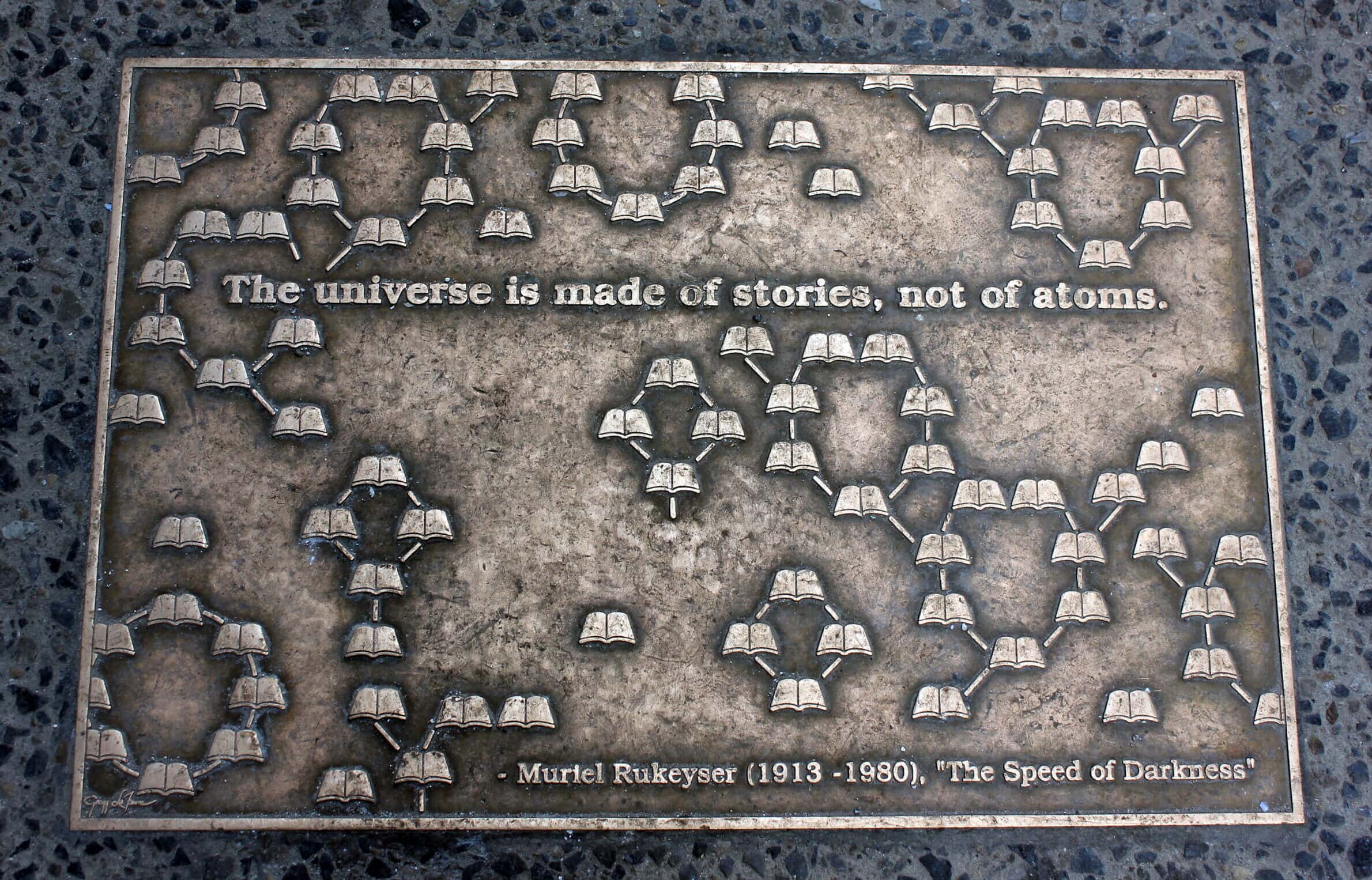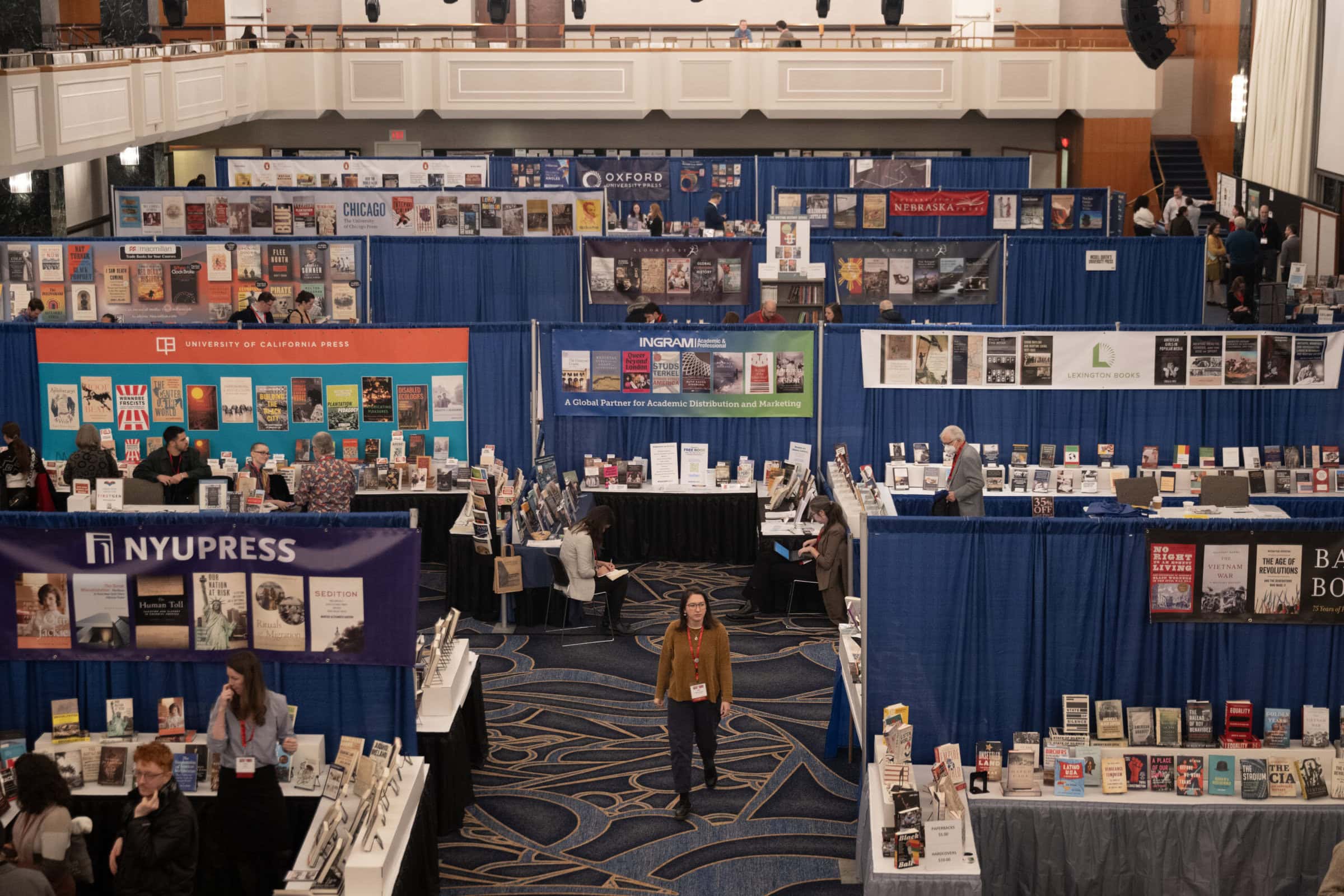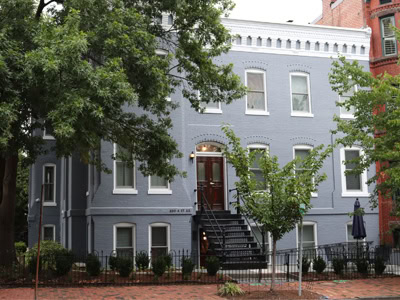East Harlem, also known as Spanish Harlem and El Barrio, is only a brief ride away from the Hilton and is well worth the trip. Within a four-block radius are murals, mosaics, art galleries, museums, restaurants, and clubs to satisfy every taste. To get to East Harlem from the meeting hotels, take the number 31 or 52 bus east on 57th Street to Lexington Avenue and then grab the number 6 subway uptown to 103rd Street. As you leave the station, be sure to see the mosaic Neo-Boriken, 1990 (Puerto Rican-Style, 1990) by Nitza Tufiño, one of the artists who founded el Museo del Barrio and contributed to the Arts for Transit project that has turned many subway stations into mini art galleries.
East Harlem has long been an immigrant neighborhood. The area between 5th Avenue and the East River and between 96th Street and 138th Street and the Harlem River was the largest Little Italy in the country in the 1930s before it became New York’s preeminent Puerto Rican neighborhood. Immediately on your left as you exit the subway, you’ll see the St. George and St. Demetrios Greek Orthodox Church (140 E. 103rd St.) built in 1910. The Greek community, though now settled largely in Astoria, Queens, still returns to this church for weddings, baptisms, and major holidays. German, Irish, Jewish, and Italian immigrants lived in the 65,000 tenement apartments that were constructed in this 2.2 square mile area between 1870 and 1910. Puerto Ricans increasingly migrated to the U.S. after the First World War and the Jones Act of 1917, which made Puerto Ricans U.S. citizens. Between 1946 and 1953, 173,500 Puerto Ricans settled in New York, spurred on by low air fares and poor conditions at home, bringing their cultural practices to the city. The Justo Botanica across Lexington Avenue at 134 E. 104th Street has provided spiritual advice and religious articles for those practicing Santeria since 1930. For lunch or a hot drink, go back across Lexington Avenue to El Caribeno (1675 Lexington Ave. at 104th St., 212-987-7147).
Music was an important part of immigrant life. During the Depression, Latin jazz musician Rafael Hernandez played house parties to raise rent money for himself and his neighbors. He later joined the Harlem Hell Fighters, a largely black unit that fought in the Second World War. A 1998 mural by Maria M. Dominguez on the doorway of the old Harbor Music Conservatory at 169-171 E. 103rd Street commemorates Hernandez and more recent local idol Marc Anthony. Tito Puente, the “Mambo King” and the father of Salsa, also lived in East Harlem. You can get a sense for those days and nights with food at La Fonda Boricua (169 E. 106th St., between Lexington and Third Ave., 212-410-7292) and Afro-Cuban music at its nightspot, the FB Lounge, across the street (175 E. 106th St.).
A spate of urban renewal activity in the late 1950s and 1960s, conducted without community consultation, leveled many of the low-density tenements and replaced them with high-rise public housing complexes, such as the George Washington Carver and Governor DeWitt Clinton Houses. Flanking Park and Madison Avenues between 104th and 110th Streets, the buildings are generally well-maintained with welcoming gardens and grassy areas. But the new buildings and their parks displaced small stores and workshops that provided services and employment for the community. The construction of these and other public buildings actually reduced available housing from about 72,000 units to 42,000 units between 1950 and 1999.
Lack of public amenities and jobs for the largely Puerto Rican working-class and poor population led to squalor, despair, and a 1967 community uprising. Two years later, Denise Oliver-Velez, Iris Morales, and Juan Gonzalez of the New York Daily News and Democracy Now helped found the Young Lords Party to improve local conditions. They ran a breakfast program, offered testing for tuberculosis and lead poisoning, and opened a free clinic. They also worked with other community groups fighting for school construction, garbage collection, and civil rights for Puerto Ricans. Pedro Pietri, a community activist and one of the founders of the Nuyorican poetry movement in the 1980s, is honored at the northeast corner of E. 103rd and Lexington in a mural by James de la Vega.
A block away on the southeast corner of E. 104th Street and Lexington Avenue is the summa of all local murals, The Spirit of East Harlem. This four-story mural on the wall of Exotic Fragrances (1645 Lexington Ave.) was painted by Hank Prussig with the aid of Manny Vega between 1973 and 1978 and restored by Vega in 1998 under the auspices of Hope Community Inc. The mural portrays neighborhood people painting the building, playing dominoes, strumming guitars, riding bikes, and sharing food with neighbors.
Exhibits documenting the artistic revolution can be found at various community centers and museums in the neighborhood. Double back to E. 103rd Street, go west, and turn left on Park Avenue for the MediaNoche Gallery (1355 Park Ave., entrance on 102nd St., 212-828-0401), which describes itself as “the place where art, technology, and community converge.” A project of Puerto Rico and the American Dream, the gallery also mounts exhibits on its web site, www.prdream.com. Online exhibits include Diogenes Ballester’s Free Registry: Encounter, Mythology and Reality, which documents the slave registry in Ponce, Puerto Rico; filmed oral history interviews; and clips of Puerto Rican films from the U.S. and Puerto Rico.
The Julia de Burgos Cultural Center (1680 Lexington Avenue at E.105th Street, 212-831-4333), is named for Julia de Burgos, a vibrant Puerto Rican poet and journalist who intermittently lived in East Harlem from the 1930s to the 1950s. She is commemorated in a mosaic wall mural by Manny Vega near the corner of 106th Street and Lexington Avenue. The cultural center, founded in 1994 and located in a converted school building, provides space for the Taller Boricua (Puerto Rican Workshop) gallery, first launched as an artists’ collective in the late 1960s. As a community center Julia de Burgos sponsors plays, Latin jazz performances, dances, poetry jam sessions, and classes of all kinds.
The other face of the cultural history of East Harlem can be found in El Museo del Barrio (1230 5th Ave. at 104th St.), founded in 1969 by artists from El Taller, local teachers, and members of the community in an attempt to enhance local pride. They launched the museum to feature Puerto Rican culture and art, and were able to secure an important collection of Taino (indigenous Puerto Rican) art that they displayed alongside pottery, photography, masks, needlework, religious statues, puppets, sculpture, and painting by Puerto Rican artists. Increasingly, the museum has expanded its advisory board, formed alliances with other museums in the city, and mounted shows featuring other Latin American and Caribbean artists, not always with the support of the local community. El Museo shares its premises with the Raices Latin Music Museum, which houses 15,000 documents, instruments, photographs, and sheet music charting the development of Afro-Caribbean music. For a schedule of offsite events sponsored by El Museo del Barrio while its building is being renovated, contact 212-831-7272 or access www.elmuseo.org.
Temma Kaplan is a professor of history at Rutgers, the State University of New Jersey, where she writes and teaches about the gendered nature of art, politics, and comparative women’s social movements. These are the subjects of all of her books, the most recent of which is Taking Back the Streets: Women, Youth, and Direct Democracy (University of California Press, 2003). While serving as co-chair of the 2009 Local Arrangements Committee, she continues to work on Grotesque Humor, a study of the politics of comedy and repression among turn-of-the century Spanish, British, and U.S. cartoonists.


